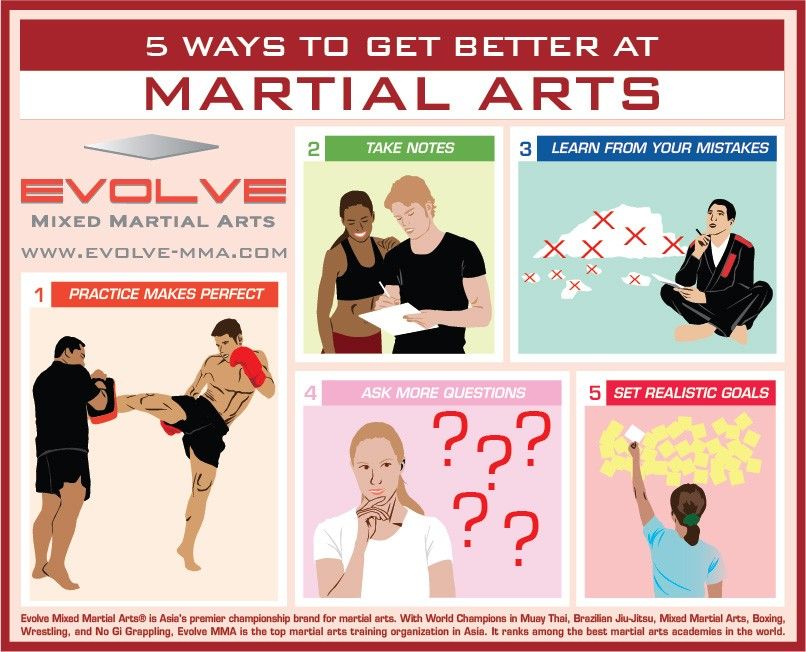The History And Development Of Martial Arts Around The World
The History And Development Of Martial Arts Around The World
Blog Article
Article Composed By-Egeberg Odonnell
Martial arts have a fascinating background that covers centuries and continents. You could locate it appealing how ancient practices like Shuai Jiao and Kalaripayattu laid the groundwork for modern combat strategies. These self-controls not only highlight physical skills however also mirror the societies that birthed them. As you explore their evolution, think about how globalization has transformed these conventional kinds right into crossbreed styles. What impacts do you believe have formed today's martial arts landscape?
Ancient Martial arts: The Foundations of Combat
As you look into the world of old martial arts, you'll discover the abundant foundations that shaped fight techniques across societies. Early practices concentrated on Self-Defense and survival, usually incorporating strikes, hurting, and weaponry.
In old China, for example, methods like Shuai Jiao highlighted tosses and joint locks, while India's Kalaripayattu showcased dexterity and liquid motion. Japanese samurai created Kenjutsu, a polished swordsmanship that highlighted self-control and approach.
These martial arts served not just for fight but also as a way of individual advancement, instilling values like regard and determination. The mixing of these strategies over time laid the groundwork for the diverse martial arts you see today, each mirroring the one-of-a-kind approaches and demands of its culture.
The Cultural Impact on Martial Arts Development
While martial arts usually mirror the functional requirements of a culture, they likewise symbolize the social worths and ideas of their beginnings. When you explore various martial arts, you'll notice how they're influenced by religion, ideology, and social norms.
For instance, the emphasis on respect and technique in Japanese martial arts comes from Zen Buddhism and samurai society. In contrast, Brazilian Jiu-Jitsu advertises adaptability and method, shaped by the requirement for performance in a diverse, modern setting.
You might locate that the rituals, uniforms, and training methods reflect a neighborhood's background and identity. By understanding these cultural influences, you deepen your recognition of martial arts and their role in shaping human experiences across the globe.
Modern Adaptations and the Globalization of Martial arts
Martial arts have changed significantly in current decades, adjusting to contemporary culture and worldwide influences. You'll notice that standard types have mixed with modern-day techniques, creating hybrid styles like mixed martial arts. These adjustments satisfy varied audiences, making martial arts obtainable and appealing worldwide.
With the surge of social networks and digital platforms, you can discover tutorials and competitors from all edges of the globe, breaking geographical barriers. This globalization has actually brought about a common appreciation for numerous techniques, from Brazilian Jiu-Jitsu to Taekwondo.
As martial arts or bodybuilding engage with these arts, you'll realize they're not almost battle; they promote physical fitness, self-control, and mental wellness.
Eventually, contemporary adjustments have enhanced the martial arts landscape, making it a dynamic and advancing practice.
Conclusion
In checking out the history and evolution of martial arts, you discover a fascinating mix of methods, societies, and ideologies. From old techniques like Shuai Jiao and Kalaripayattu to the contemporary versatility seen in mixed martial arts, martial arts reflect humankind's mission for Self-Defense and personal growth. As https://www.loudounnow.com/2021/12/03/equalizing-the-playing-field-demand-surges-for-self-defense-classes-for-loudoun-women-and-girls/ engage with these techniques, you not just gain skills yet likewise a deeper gratitude for the varied traditions that shape our globe today. So, proceed your journey and accept the art of fight!
